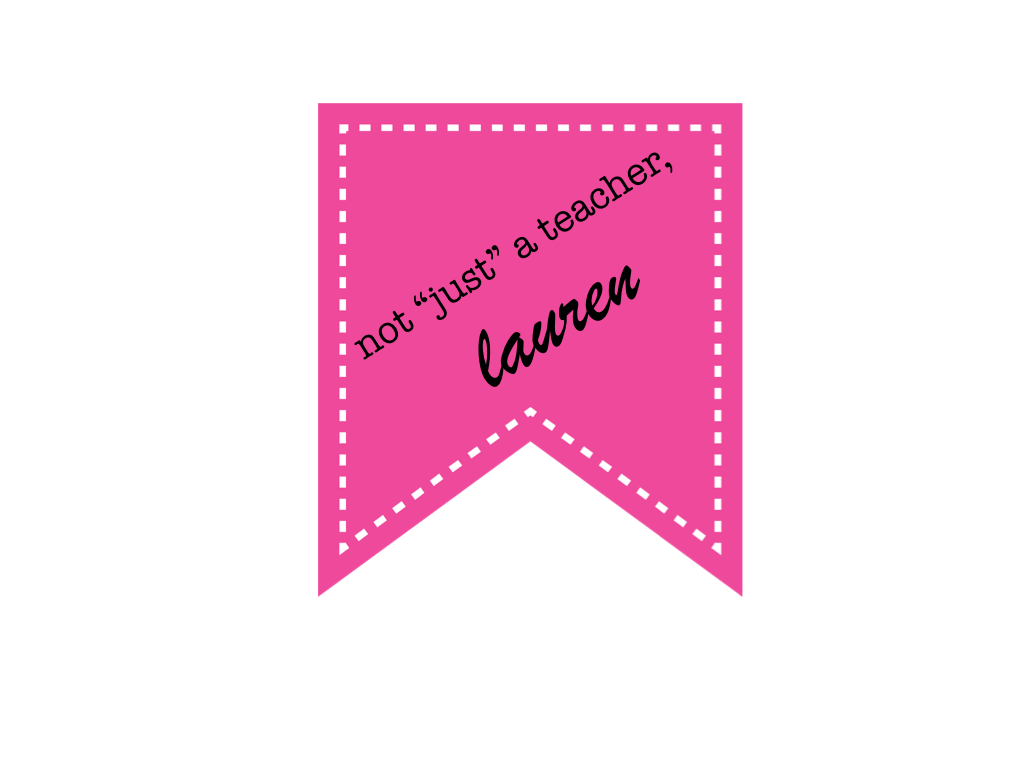Hey Everyone! Thanks for stopping by my blog! It's so hard to believe that Thanksgiving is already over! That means it's time to start getting holiday activities ready. December is one of my favorite times with the kids. (It probably helps that we only see them for a couple weeks and then get a break!)
Today I wanted to share how my classroom is set up from a seating perspective. I am blessed to have a very large classroom. There are plenty of nooks and crannies for kids to move about and sit. I do realize that many teachers are not as lucky. I spent 6 years in a small room (1 year in basically a closet), so when the principal offered me this WONDERFUL room, I jumped at the chance. This room allows me to give the opportunity for my students to choose a seating position that fits them best. Scholastic has a great article that shows some possibilities for flexible seating. When I first began allowing kids to move around, even in my old classroom, I never realized that this idea would become such a wonderful tool for my teaching and for the students' learning.
Here are some examples of how the Klinsky Kafe allows students to choose their seating:
One area I love is by the bay window, there are benches to sit on. I decided to make that a comfy area, and bought bean bags and pillows to put there. This is where we meet with whole group. The kids share the items, and no one can have 2 things (no bean bag and pillow). Over the years, my mom, the coupon queen, has been able to find these GINORMOUS beanbags and chairs to place in this area. This is my most popular area for kids to sit.
During the day, my students are up out of their seats 90% of the time. They do have an assigned seat at a table. I do not have desks. They keep their supplies there at the table in a basket and can choose to sit there during literacy stations or math workshop. I find however, that most students prefer to be laying down or siting comfortably. To me, this makes TOTAL sense. I am sitting right now, propped up on the couch, with a blanket and a pillow. I am not sitting at a desk. For me, this helps me to complete my work.
During literacy stations, if the students sit in the bay window area (called the Bean Bag area), it is a silent area. They can read to self, work on writing, word work, or Lexia, but whatever they are doing, it MUST be silent.
During math workshop, it is different. They can talk and work together so often times you'll see 3-4 kids sharing a bean bag while working through our math lesson.
If you walk in my classroom, you will see students sitting at their seats. For some, their own space and their table is most comfortable. Many times, they have papers spread out or want to use crayons and it is easier to lay those out on a table.
Many times, you will look under the table to see a child working hard while relaxing under the table too!
When we meet as a whole group for a mini lesson, students may need to be able to see the Smartboard. At that point, some students stay at their seats, but others come up the front and sit or lay on the rug.
We have 5 exercise balls that can be used for a person at each table if they wish. Students know that the ball can be rotated to each person during the week to give everyone a chance. If space allows, students can lay down on the rug, but if space is needed, they must sit up so everyone has a space.
These pillows work very well for students doing partner reading. It gives them a space to sit down on the floor away from their friends who are reading to self. These boys are working on math workshop together.
In the back of my room, I have a beautiful window with a countertop. I put some ottomans there and my students can sit and work there. This gives them a space with a flat surface so I usually find kids working on writing or solving math problems.
What I have learned is that once I let go of the control of having kids in their seats at all times, the students made great choices with where they choose to sit. The first week of school is hardest because everyone thinks they want to sit on the floor, but then they learn that they are more of a desk person. They choose their space, take of their shoes, and relax. When they are in control of their learning space, I find that more learning occurs. Believe me, it was hard to let go of control, but this has been a wonderful addition to my classroom management.
Thank you for all you do :) Happy Holidays!




























